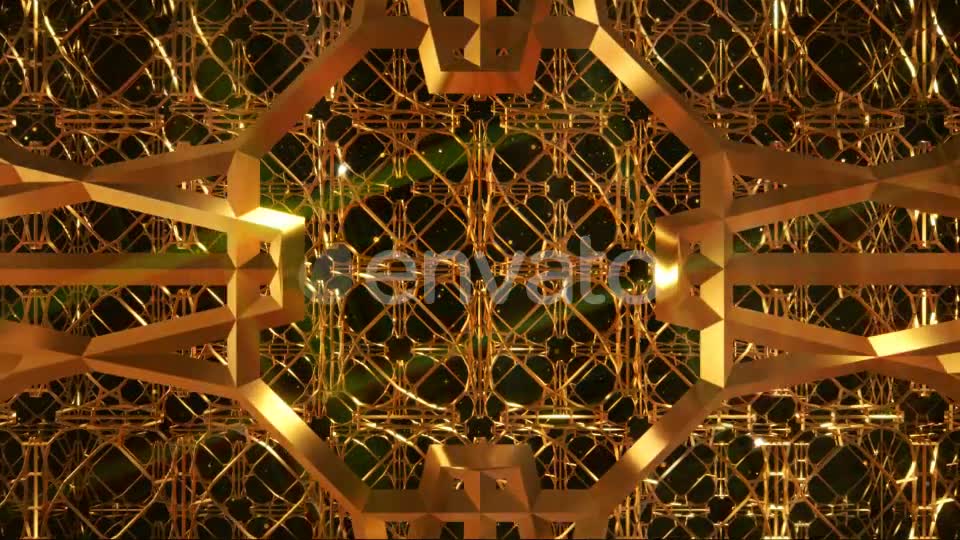

Here is my recipe, and I will be helped in this by dear programmers, whom you will learn about later. The original file is sliced fruit and simple shapes (hereinafter referred to as fruit), see Figure 1 below. I will ask not to be offended by anyone in my humorous style and to understand it as a game! So, I will prepare a cake for you - fruit platter, using PostGIS tools, as you requested, if I correctly understood the question, and as I mentioned, the responsibility for the operation of the PostGIS oven is borne by her creative team. In ARCGIS exists a spatial analysis tool known as Euclidean Allocation, so, perhaps there are a PostGIS similar solution, starting with the set of polygons (classifying, rasterizing and making-back the polygons). This "GRID process" illustration is also valid as solution, assuming that it can allowing same precision and "euclidean influence region growing". Some simple and automatic packages like pprepair (assisted like QGIS topological tools are not automatic).īut raster is perhaps simpler and less CPU-consuming. using ST_DelaunayTriangles and adding and subtracting interiors by the original polygons, them adapting a dual graph solution). I preffer to stay in vector universe, to not lost precision (ex. This problem is similar to this other about lines. PS: I need, like Voronoi's, that space delimitation (a squared frame in (b)) is ignored. (perhaps a loop of little ST_Buffer and ST_Difference operations) Summarizing: I need a SQL algorithm (or some specific for PostGIS) that generates the "mosaic" of a set of disjoint polygons.

Is like a Voronoi construction (illustrated by (c)): in fact, if the polygons was points, the influence regions are Voronoi. I need something like (b), the "mosaic" of this set of polygons, building it by a "influence region" criteria. The illustration below shows the problem:Īs in (a) I have a set of disjoint polygons, as geometries in PostGIS.


 0 kommentar(er)
0 kommentar(er)
